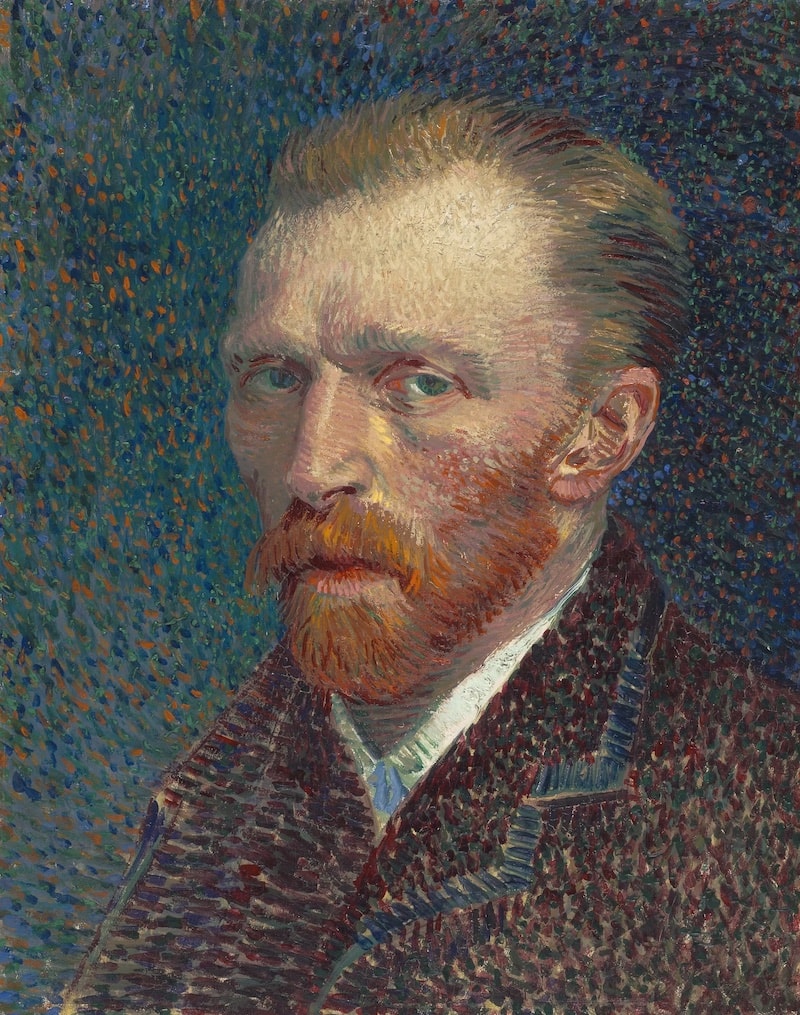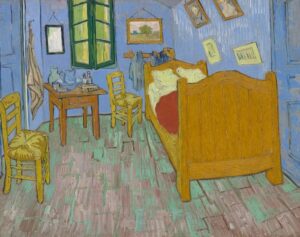
Vincent van Gogh
Vincent van Gogh, un prodigioso pintor originario de los Países Bajos, marcó un punto de inflexión en la historia del arte con su enfoque expresivo y su estilo único. A lo largo de su vida, enfrentó luchas internas y desafíos emocionales que se reflejaron en su arte apasionado y conmovedor. Su obra trascendió los límites de la realidad visible, transformando la percepción del color y la forma en una experiencia emocional profunda.
Con pinceladas audaces y vibrantes, van Gogh logró crear un efecto visual único, donde el color y la textura se fusionaban para transmitir emociones intensas. Su habilidad para capturar la luz y el movimiento, como se observa en "La noche estrellada", llevó la pintura más allá de la representación convencional y estableció una conexión entre el espectador y la obra. Los girasoles, con sus tonos cálidos y contrastes enérgicos, encarnan su enfoque característico en la vitalidad y la esencia de la naturaleza.
A pesar de su breve vida y sufrimiento personal, van Gogh dejó un legado perdurable. Su pasión por la expresión emocional y su enfoque en la belleza intrínseca de la vida cotidiana influyeron en generaciones de artistas posteriores. A través de su arte, logró trascender las limitaciones de su tiempo y su propia experiencia, inspirando a contemplar el mundo con nuevos ojos y apreciar la capacidad del arte para capturar la esencia misma de la existencia humana.


